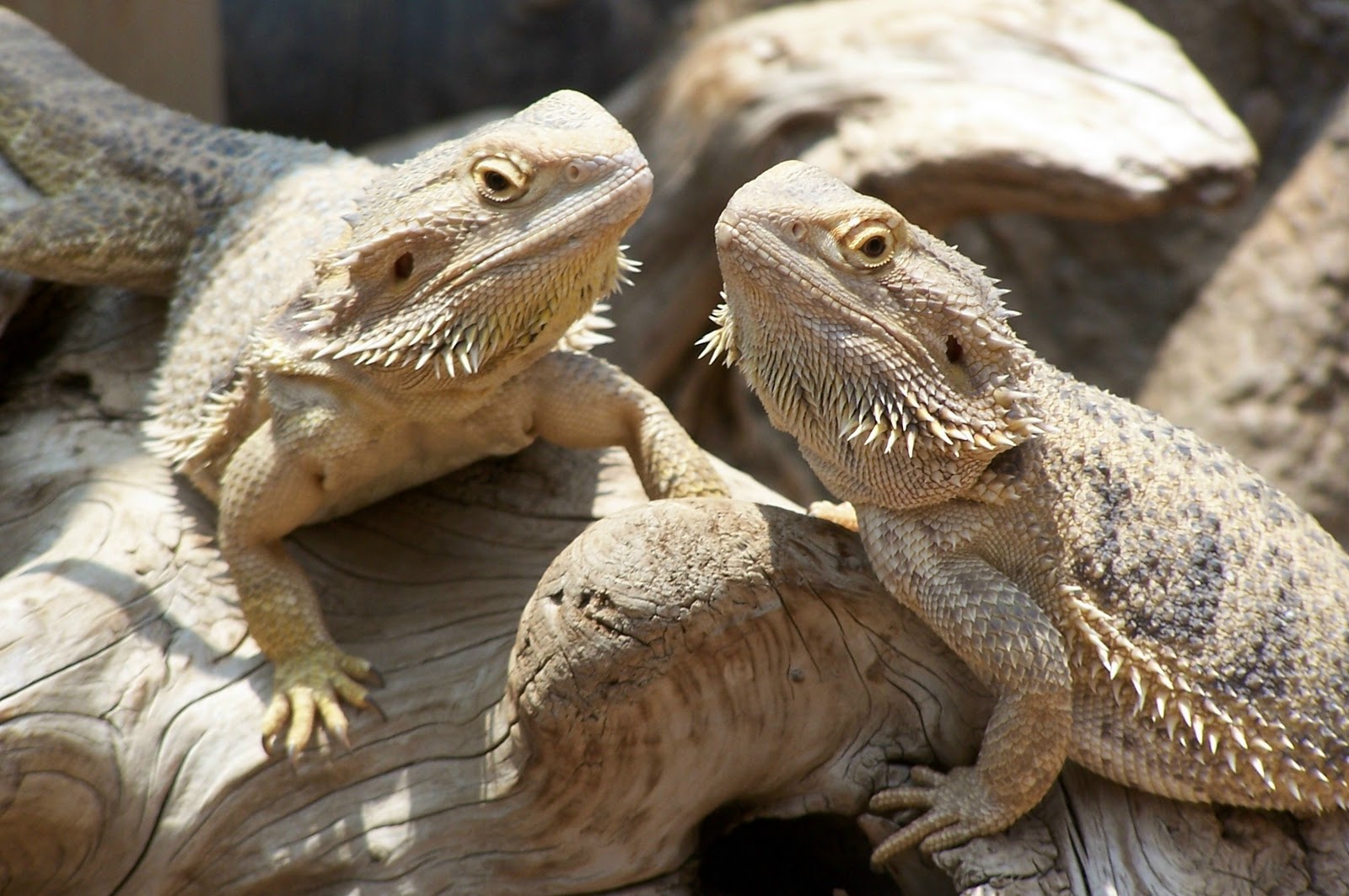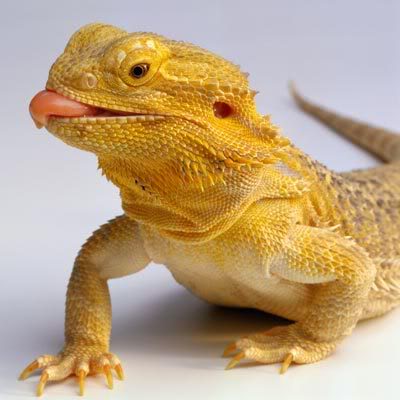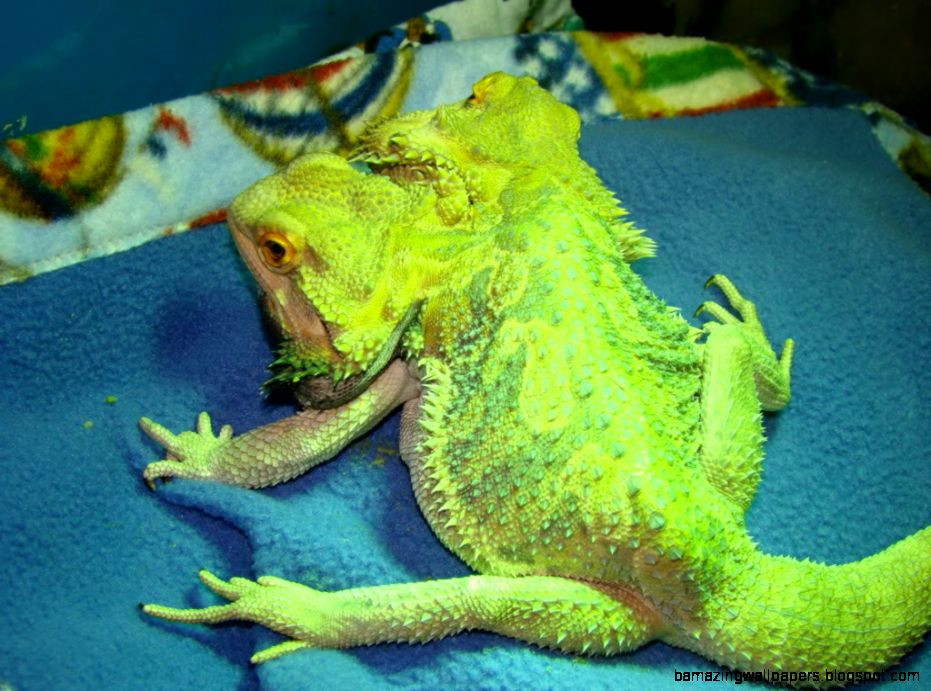The Ultimate Guide to Bearded Dragon Colouring: Everything You Need to Know to Keep Your Pet Dragon Looking Vibrant and Healthy
Introduction
Bearded dragons are popular household pets, known for their docile temperaments and unique appearances. Their colouring is one aspect of their appearance that can vary greatly and is often a major factor in their appeal. But what affects the colour of a bearded dragon, and how can you ensure your pet stays healthy and vibrant throughout its life? In this ultimate guide to bearded dragon colouring, we’ll explore these questions and more.
What Affects Bearded Dragon Colouring?
A bearded dragon’s colouring can be influenced by a variety of factors, including genetics, diet, and environment. Genetics play a major role in determining a bearded dragon’s base colour, as well as any patterns or markings it may have. Diet is also important, as certain foods contain pigments that can affect a dragon’s colour. Finally, environmental factors such as temperature and lighting can impact a dragon’s colour as well, especially during shedding.
Common Bearded Dragon Colours
Bearded dragons come in a range of colours, each with its own unique characteristics and appeal. Some of the most common colours include:

Normal
Normal bearded dragons, also known as wild-type, are typically a mix of brown, beige, and grey scales with patterns of darker striping. They are the most common colour of bearded dragon, usually found in the wild.

Hypo
Hypo bearded dragons are usually lighter in colour than normals, with a more muted, pastel appearance. Hypo dragons also lack the black bearding that is typical of most bearded dragon breeds.

Translucent
Translucent bearded dragons have a more translucent appearance than other breeds, with lighter scales that are more visibly webbed. They also tend to have brighter, more vibrant colours than other breeds.

Leatherback
Leatherback bearded dragons have smooth, almost scale-less skin that gives them a unique, leathery appearance. They also tend to have bright, bold colours and distinct patterns.
How to Ensure Good Colouring in Your Bearded Dragon
While genetics will largely determine your bearded dragon’s colouring, there are steps you can take to ensure your pet stays healthy and vibrant throughout its life. Here are some tips:
Provide a Balanced Diet
A balanced diet is key to ensuring good colouring in your bearded dragon. In addition to a base diet of crickets or other insects, your bearded dragon should have access to fresh fruits and vegetables. These can provide important nutrients and pigments that can enhance your dragon’s colouring. Avoid overfeeding your dragon, as obesity can negatively impact its colour.
Monitor Temperature and Lighting
Bearded dragons are ectothermic, meaning they require external heat sources to regulate their body temperature. Ensure that your dragon’s habitat provides the appropriate temperature and lighting for its needs, as these conditions can impact its colouring. Avoid exposing your dragon to direct sunlight or overly harsh lighting, as this can cause skin burns or other health problems.
Maintain Clean Habitat
A clean habitat is essential for ensuring good health and colouring in your bearded dragon. Regularly clean and sanitize your dragon’s enclosure, and provide fresh food and water daily. Avoid overcrowding your dragon’s habitat, as this can lead to stress and illness.
Conclusion
Bearded dragons are unique and fascinating creatures, and their colouring is just one of the many things that make them so popular as pets. By understanding the factors that affect their colouring and taking steps to ensure their health and well-being, you can help your bearded dragon stay vibrant and healthy for years to come.
